Stuart Forster discusses travel photography in Nova Scotia, including some of his favourite locations and photography tours that depart from Halifax.
Disclosure: This post has been paid for by Tourism Nova Scotia.
Some of the links below and banners are affiliate links, meaning, at no additional cost to you, I will earn a commission if you click through and make a purchase.
Nova Scotia’s rugged coastline, lighthouses and maritime heritage provide a wealth of potential subject matter for keen photographers. That vast photographic potential is one of the reasons why I enjoy travelling in the Canadian province.
Anyone passionate about photography knows that being constantly on the lookout for shots provides a heightened awareness of the aesthetics of a place. It’s a form of non-deadly hunting. I find it thrilling to be on the road, attempting to represent my interpretation of a place through still images.
Capturing photos that tell a story and are aesthetically pleasing gives me a genuine sense of pleasure.

Roaming with a camera provides me with reasons to soak up views while attempting to find unique ways of depicting a place. Consequently, I have many happy memories of exploring Nova Scotia.
Being out with a camera means that I’ve observed sunrises, memorable landscapes and glorious sunsets that I wouldn’t have otherwise seen. Attempting to capture images means I’ll go out of my way to rise early, visit places and see things. That’s one of the reasons why I think travelling with a camera is worthwhile; photography really makes me look at the world around me and see its beauty and aesthetic potential.
Wandering about, photographing details such as lobster traps and colourful fishing boats is immersive. Doing so has resulted in me having conversations with fishermen and other locals. That’s given me a deeper understanding of the province.
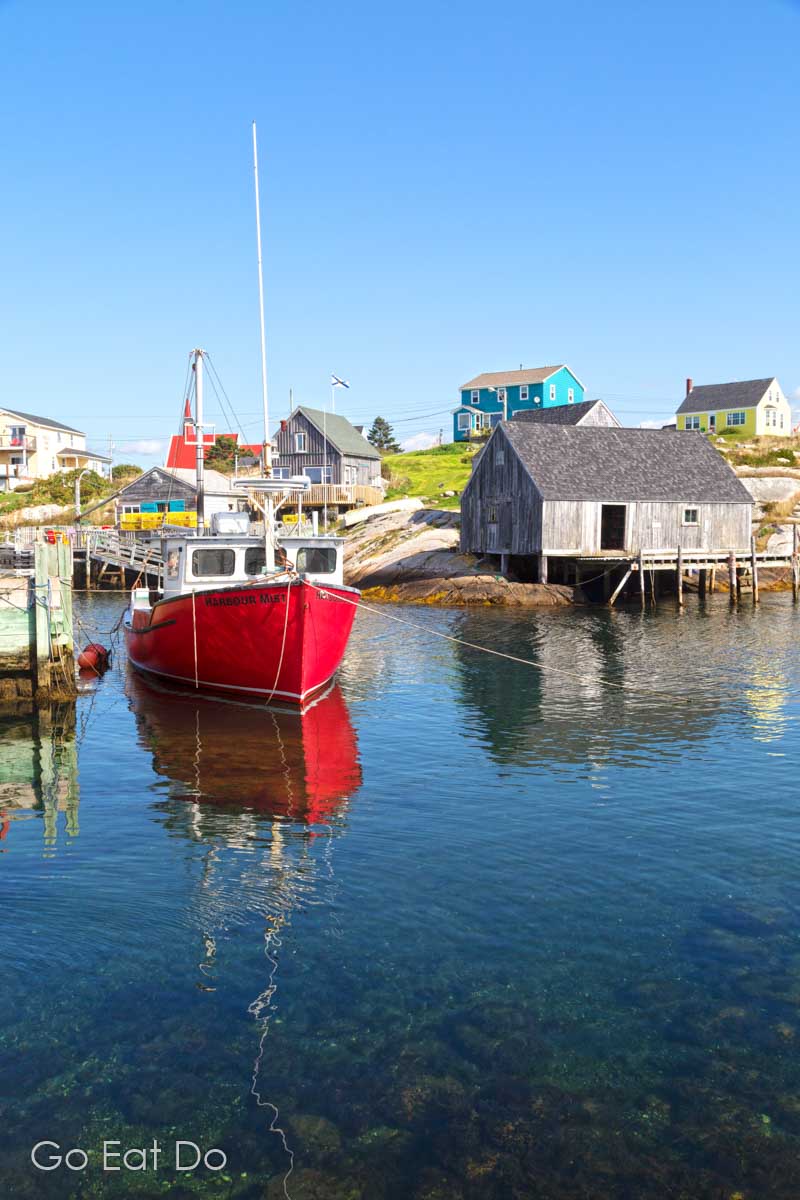
Photography in Nova Scotia video
Take a look at the following video, posted on the Go Eat Do YouTube channel:
Photography tours in Nova Scotia
Picture Perfect Tours runs photography tours in Nova Scotia throughout the year. The company’s tours provide insights into the province’s heritage, pausing at interesting locations that present opportunities to capture memorable images.
Departing from Halifax, I joined the company’s Eastern Shore Tour. Attracting photographers of varying levels of experience, the day trip included a picnic lunch.
Scotty Sherin, a professional surf photographer, accompanied the group. He encouraged participants to explore the photographic potential of details such as stacked fishing nets and old shingle fishing shacks. If people had questions about how to use their cameras, he was ready to provide answers.
“It’s really exciting for me to showcase our province. It’s a unique spot in the world. We’re spoilt to call this home,” said Scotty bubbling with enthusiasm.

Weather in Nova Scotia
“I’ve left Halifax at 2.00 am in a blizzard to drive six hours to Cape Breton in the attempt to get winter waves there,” says Scotty. He’ll find places of potential photographic interest via Google Earth and then go out of his way to visit them. He studies weather forecasts, wind and swell charts before deciding where to go out and photograph.
He warns photographers visiting Nova Scotia to be prepared for the unexpected. That includes having protection against moisture should the weather change, something that’s not uncommon, due to the province’s maritime climate.
Some visitors people might regard misty mornings as disappointing, because of the shrouded views. However, Scotty says they can bring atmospheric shots for photographers.
During the Eastern Shore Tour Scotty urged people to get low to look for unusual angles. He pointed out reflections in windows and water that captured a sense of place.

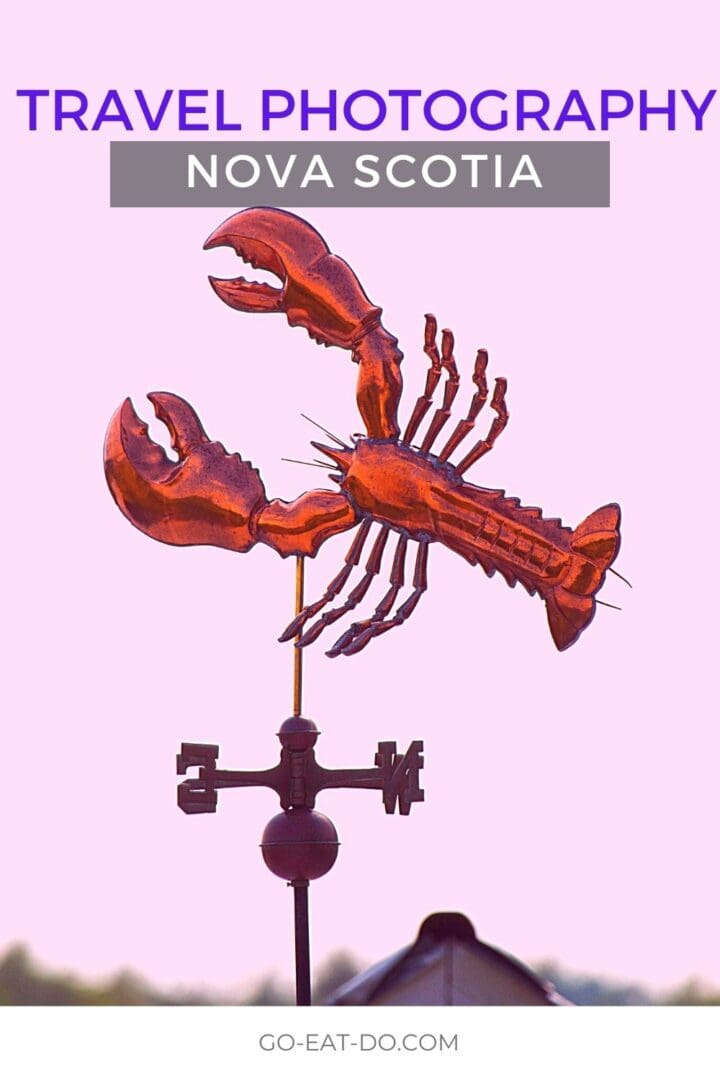
Photography beyond Halifax
Geordie Mott founded Picture Perfect Tours. “I started the company as a way of combining the seemingly two worthless pieces of paper from my undergraduate degree – photography and our history,” he says drily.
“In combining these two passions it fitted into a niche that wasn’t really being developed here in Nova Scotia; showcasing places that are off-the-beaten-path that are spectacular to go out and photograph and capture some of these unique, rugged, landscapes and seas combined with this really fascinating history. In North America it’s really unto its own with the French history, the indigenous history, the British history and how it’s all combined,” adds Geordie.

“My favourite spot is probably Fisherman’s Reserve,” says Geordie of a working fishing village 15 minutes’ drive east of Lawrencetown Beach Provincial Park. From Dartmouth, the provincial park is 19 kilometres (12 miles) along Route 207.
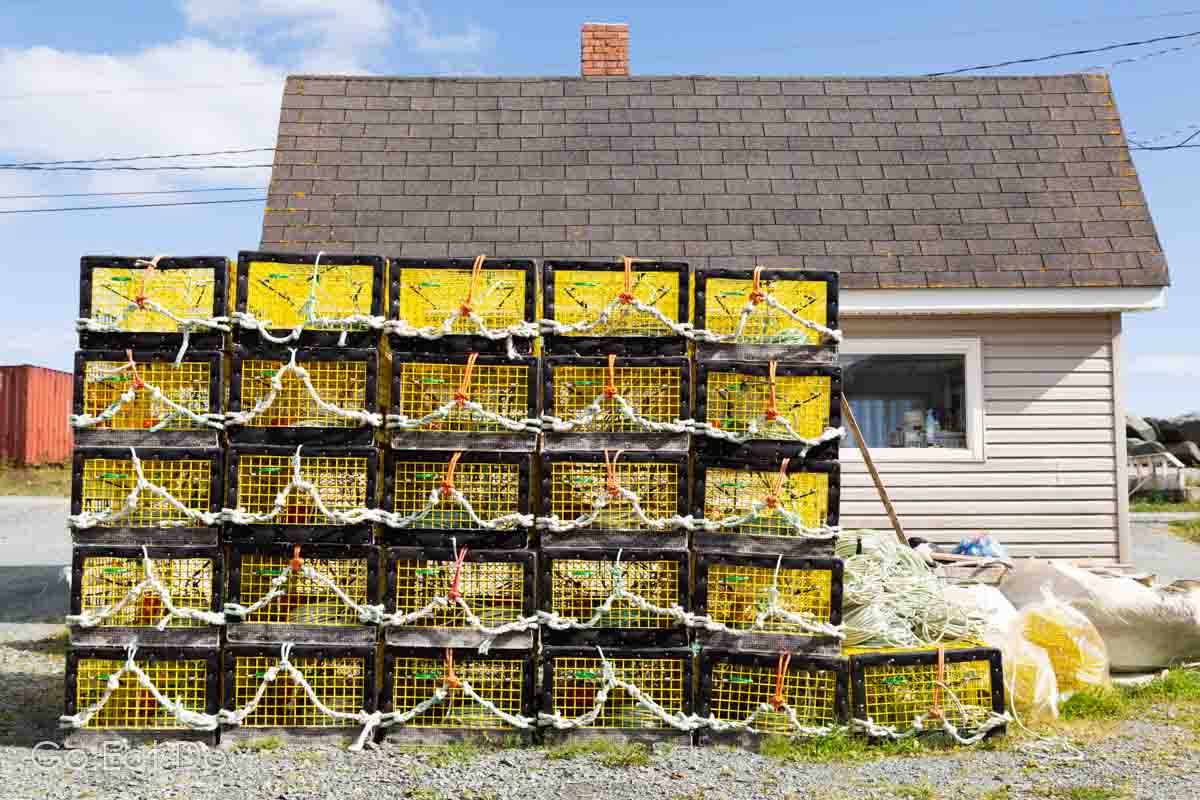
“I feel blessed as a photographer that I’ve been to these places a couple of hundred times. I get to experience them in different seasons, different weather and different lighting conditions. The more I go, the more I find and the more I discover. As a photographer that keeps me engaged.”
“You can see things fresh with each new visit. What you saw before may not catch your eye but there’s some other detail or some other thing that’s different and pops up. It makes you appreciative that you’ve gone back again,” he says.

5 of the best photography spots in Nova Scotia
Every photographer has their favourite locations, depending on the subjects that they enjoy photographing.
Peggy’s Cove iconic lighthouse at is the most photographed in all of Canada. The village of Peggy’s Cove is a great place to explore with a camera in hand. This popular tourist attraction gets busy during the high season so visiting early or late in the day proves worthwhile.

Mahone Bay is famed for its scene of three waterfront churches. Held in September, the town’s annual Scarecrow Festival and Antique Fair began in 1996. It provides additional subject matter for photographers visiting Mahone Bay. Into craft beer? The Saltbox Brewing Company has its base in Mahone Bay.

Kejimkujik National Park and National Historic Site is located within a dark sky preserve. Into astrophotography? On clear nights the sky presents opportunities to photograph the Milky Way.

Join a whale watching tour for opportunities to view marine wildlife off Nova Scotia’s coast. In addition to viewing creatures such as humpback whales, boat tours bring opportunities for landscape photography of the coastline.

Lunenburg is famed for the colourful facades of its historic houses. The nearby community of Blue Rocks is a lovely spot for a quiet walk. The fishing village has long been a popular spot with photographers.

There are many more outstanding photography locations across the province. If you have additional suggestions, you’re welcome to suggest places and why you enjoy photographing there in the comments field below.
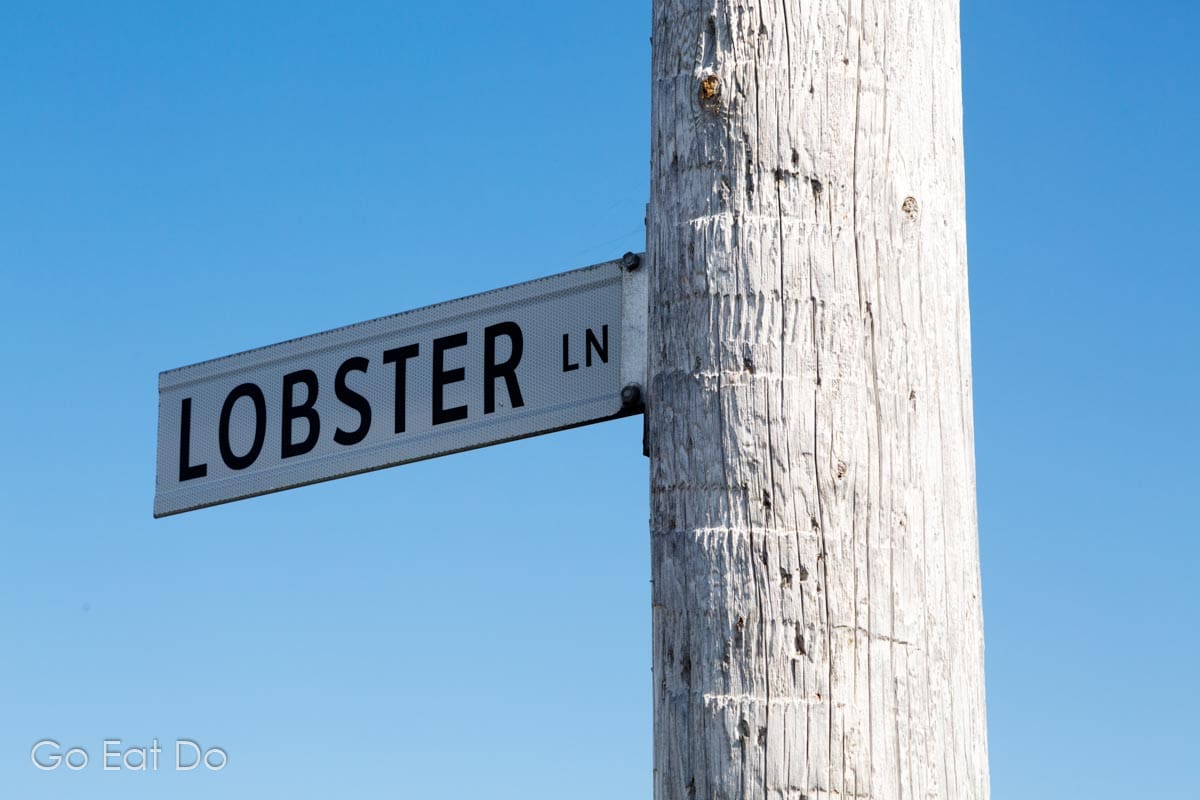
7 tips for memorable holiday photography in Nova Scotia
Keen to create impressive photos while travelling in Nova Scotia? Bear in mind the following:
Set your alarm for early in the morning and take a pre-breakfast stroll with your camera. The soft light early in the day is ideal for capturing landscapes. Additionally, fewer people tend to be out and about early in the day, meaning you may also be able to photograph landmarks without people in the frame.
Plan dinner around your evening photoshoot. Use the soft light of the pre-sunset ‘golden hour’ to capture beautiful images of points of interest.
Nova Scotia’s seafood is highly regarded and exported around the world. If you want to capture a sense of place, how about photographing some of the cuisine too? Lunchtime tends to be ideal for photographing food as you can make use of natural light.

Pack a lightweight tripod so that you can photograph at night. Travelling with a tripod will give you opportunities to photograph the night sky in a place largely free of light pollution.
Get to know your camera before you head out to use it. Read the manual and experiment with the camera’s settings so that you feel confident using it while travelling in Nova Scotia. Don’t rely only on the automatic settings.
Don’t be afraid to retake a scene if you’re not happy with a photo. Check your pictures immediately after taking them. If required, re-frame to composition and take another shot to correct the exposure.
People make places and Nova Scotians can be incredibly welcoming. Don’t be afraid to ask to photograph people that you meet.
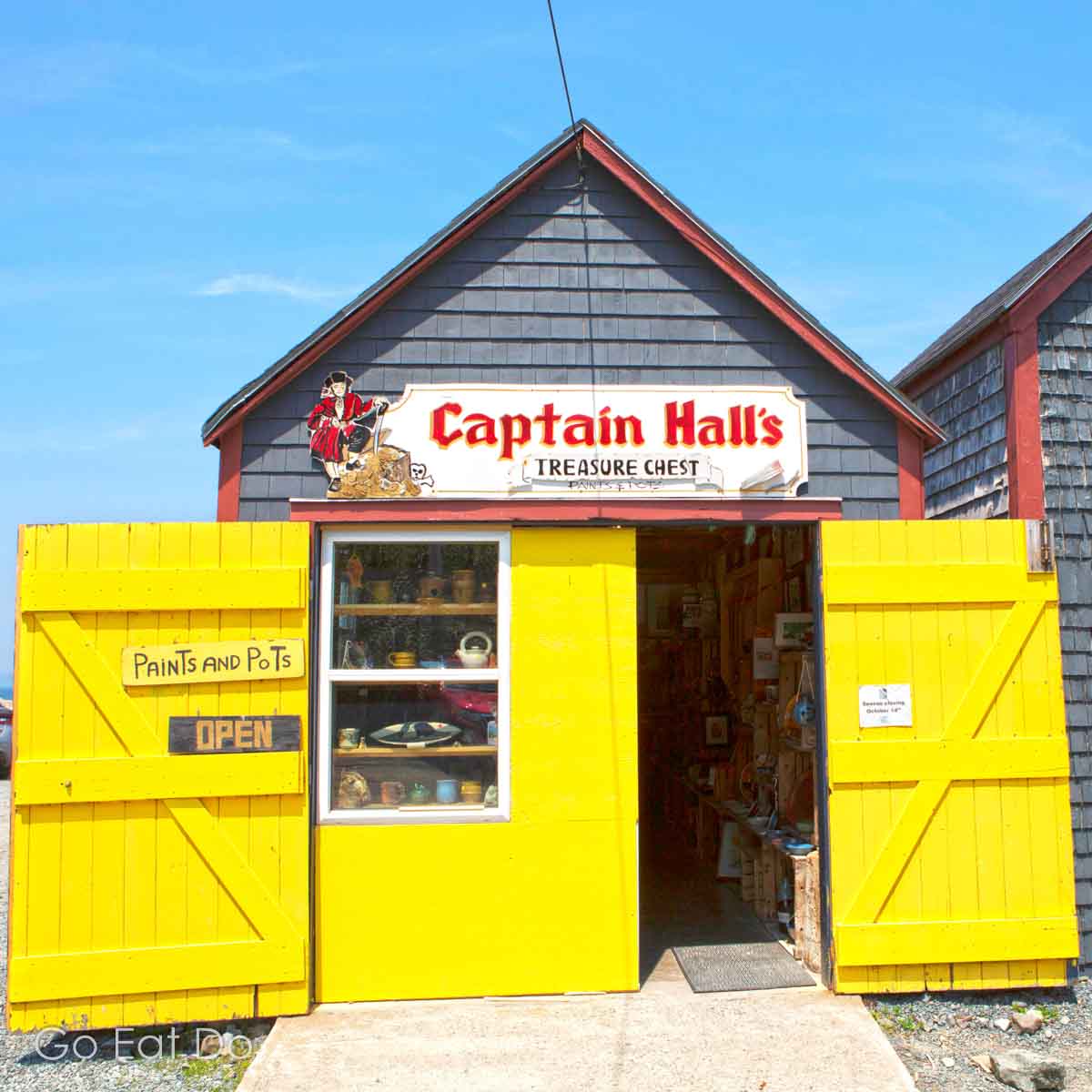
Travel to Nova Scotia
Nova Scotia’s principal hub for air passengers is Halifax Stanfield International Airport (YHZ), 35 kilometres (22 miles) from the centre of the provincial capital. The Metro X bus service (320) runs between the airport and Halifax in under an hour. An Airport Express shuttle service operates from 1 May to 31 October. Taxis are also an option.
Westjet operates flights to Nova Scotia from London Gatwick. Direct seasonal services from Dublin and Glasgow fly from April into October.
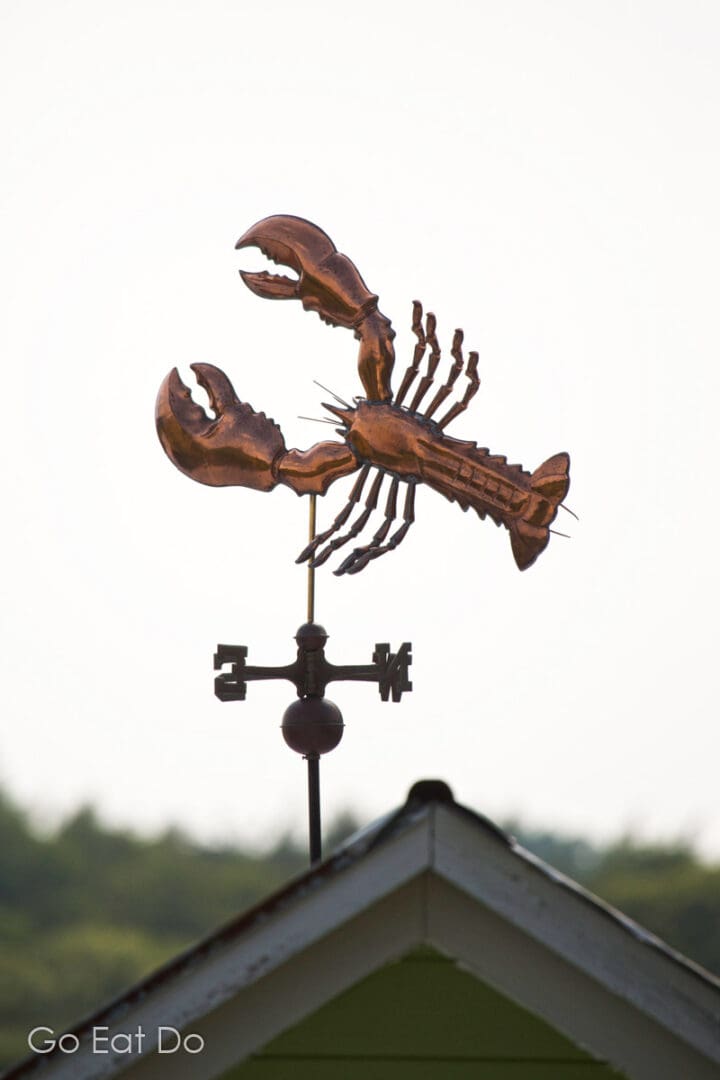
Air Canada’s direct flights from Halifax to London Heathrow (LHR) take approximately five hours and 55 minutes.
Transfers to Halifax are possible from the likes of Toronto Pearson Airport (YYZ) and Montréal-Pierre Elliott Trudeau International Airport (YUL).

Places to stay in Nova Scotia
Staying in guesthouses means being able to chat with hosts who are often knowledgeable about things to do and see in the surrounding area. That may result in ideas about nearby places to visit for photography.
Looking for ideas for accommodation in Halifax? Staying at a hotel, guest house or suite close to the downtown area puts you within walking distance of many of Halifax’s principal attractions.
Search for guesthouses and hotels in Nova Scotia via Booking.com:
Booking.com

Canada’s Electronic Travel Authorization (eTA)
Most United Kingdom passport holders flying to Canada for leisure or business require an Electronic Travel Authorization (eTA) to enter the country. Some people need visas. Once approved, eTAs are valid for up to five years.
Visit the official Government of Canada website to apply for your eTA. Any site charging more than CAD$7 to process an ETA application is not the official website.
Acquire an eTA prior to booking travel. Don’t leave it until you’re at the airport as the approval process sometimes requires supporting documentation and can take several days.
Holidays in Nova Scotia
Several tour companies offer holidays in Nova Scotia. They include:
Canada As You Like It’s 14-night Complete Nova Scotia fly-drive holiday explores the province.
Canadian Affair’s 16-day Scenic Splendour of Maritime Canada motorhome holiday begins and ends in Halifax and includes Kejimkujik National Park.

Canadian Sky’s 23-day Great Atlantic Canadian Experience is an escorted tour that includes some of Nova Scotia’s highlights.
The majority of First Class Holidays’ 15-day self-drive Maritime Magic Treasures holiday is spent touring Nova Scotia.
Frontier Canada’s 15-night High Tides and Rocky Shores fly-drive holiday begins in Halifax and includes the Cabot Trail.
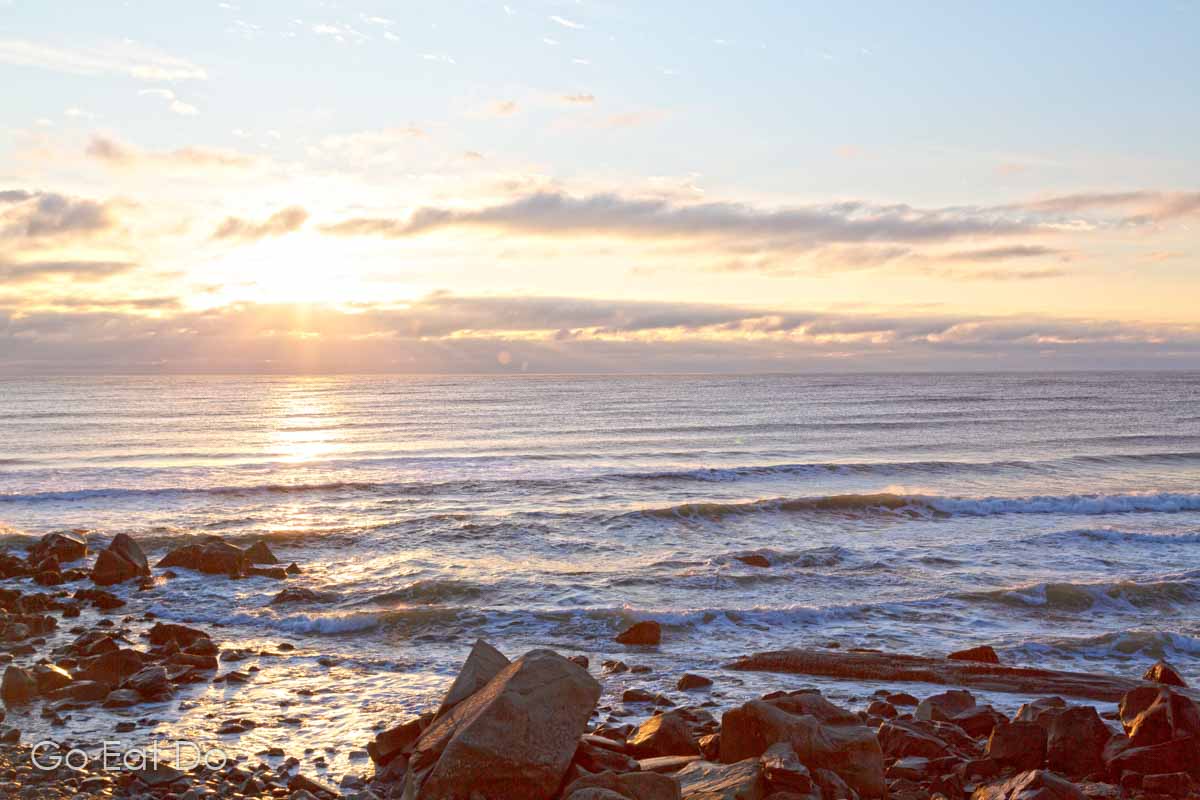
Travel and the impact of Covid-19
Visit the Nova Scotia website to view frequently asked questions about to the coronavirus (Covid-19).
Questions about self-isolation, restrictions on travel to Nova Scotia and where face masks must be worn count among those answered.

Further Information
Visit the Nova Scotia website for further ideas about attractions across the province.
Destination Canada’s website also has information about things to do in Nova Scotia.
Stuart Forster was presented with the 2017 British Annual Canada Travel Award (BACTA) for Best Online Content. A travel writer, photographer and blogger, he is available for commissions.

If you enjoyed this post why not sign up for the free Go Eat Do newsletter? It’s a hassle-free way of getting links to posts on a monthly basis. Additionally, if you’re planning a trip to Nova Scotia, take a look at this guide to 48 hours in Halifax.
‘Like’ the Go Eat Do Facebook page to see more photos and content.




